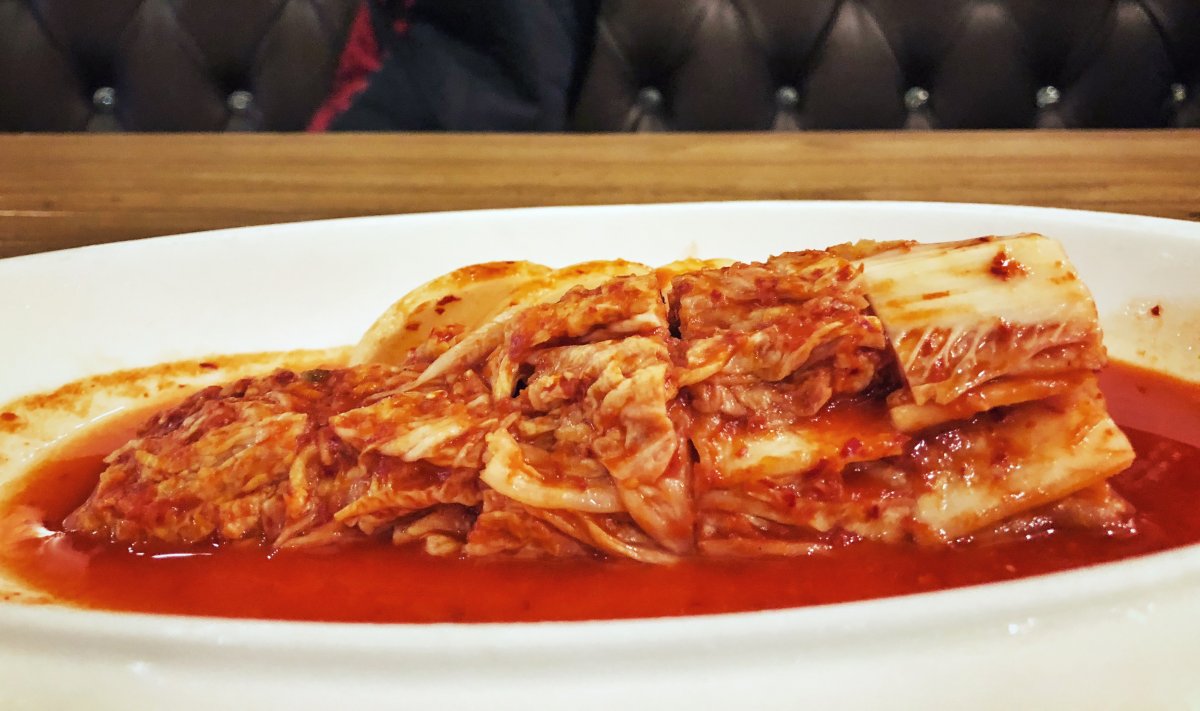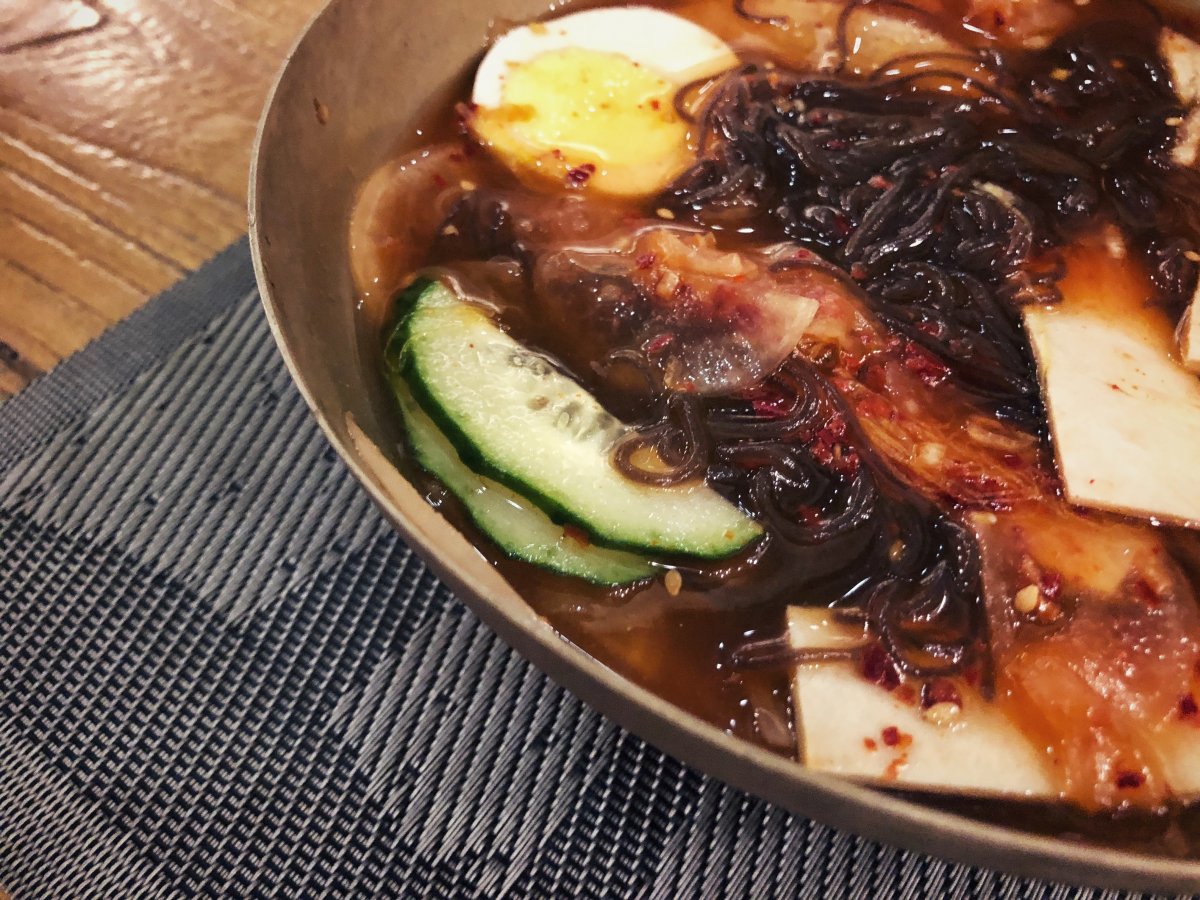Local Gem: Ever Wonder What North Korean Dining is Like?
Local Gem is an exploration of Beijing’s diverse palate. Get out of your comfort zone and try something new! To share your own neighborhood pride, please contact us via editor@thebeijinger.com
What came first, foodie culture or exotic fusion dining? The world may never know. But what we do know is that when people are so singularly focused on discovering the next culinary trend, they run the risk of overlooking a cuisine that may not have a catchy name, but remains altogether enigmatic in its own right. Which is to say, people can brag about their mind-blowing experience in a three-star Michelin restaurant or a night spent sipping locally sourced craft tequila, but few can come up with a clear idea of what North Korean food is like, despite its geographic proximity to China.

The culinary culture across the Yalu River remains largely unknown to folks in these parts, or around the world for that matter, much like the country it derives from. Whereas South Korea is famous for bibimbap and BBQ, what does the North have to offer? To find out, I followed the recommendation of a friend to 玉流馆 Okryu-gwan, an overseas branch of the famous restaurant based in Pyongyang. Incidentally, the restaurant is located in Wangjing, home to Beijing's highest density of Korean speaking residents.

Okryu-gwan stays true to authentic flavors and is noticeably less Westernized and modern than many of its South Korean counterparts. You won’t find any cheese, Salisbury steak, or fried chicken on this menu. Instead, it features a wide selection of seafood and traditional appetizers such as kimchi. Although widely available across Beijing, Okryu-gwan does a formidable job with their kimchi. The Chinese cabbage has a clean profile and tastes fresh from the urn, not to mention the fact that they leave both the leaves and stems intact for people who enjoy a little textural variety. The most impressive part of this dish comes after devouring the first layer, when a fizzy sensation alights on your tongue, not unlike drinking soda water. And though I never thought I would describe a fermented food as refreshing, this is just that one-of-a-kind.

After the kimchi opens your appetite, there are plenty of other mouth-watering dishes to dig into it. A few of my favorites include the classic cold noodles, a perfect fit for the end of August and the waning days of summer. Perhaps most unique and distinctly North Korean though is the stir-fried fish roe, rich in spicy and savory flavors complete with a satisfying texture. The heat of the spicy tofu soup with optional codfish is more durable compared to most South Korean varieties, and pairs perfectly with the milder potato pancakes.

The restaurant is relatively large and even boasts a stage equipped with lighting and instruments. Unfortunately, though, shows haven't resumed since the beginning of COVID-19. Lastly, it should be noted that Okryu-gwan is a favorite amongst North Korean diplomats and businessmen, so some of the dishes can be a bit pricy. While it's tempting to try everything on the menu, we suggest you order wisely.
玉流馆 Okryu-gwan
Daily, 11am-10pm. No.8 Huguang Mid Street, Chaoyang District 朝阳区湖光中街8号 (64732803)
Read: Local Gem: Is a Bowl of Noodles Ever Worth a 30 Minute Wait?
Images: Twitter, Yhouse, Zeus Zou
Related stories :
Comments
New comments are displayed first.Comments
![]() tdimicco
Submitted by Guest on Fri, 08/28/2020 - 14:11 Permalink
tdimicco
Submitted by Guest on Fri, 08/28/2020 - 14:11 Permalink
Re: Local Gem: Ever Wonder What North Korean Dining is Like?
It's literally spelled "Ok-ryu-gwan," but because of Korean pronunciation rules relating to a k at the end of a previous syllable followed by a syllable starting with an r, it's actually pronounced "Ong-nyu-gwan."
Validate your mobile phone number to post comments.







